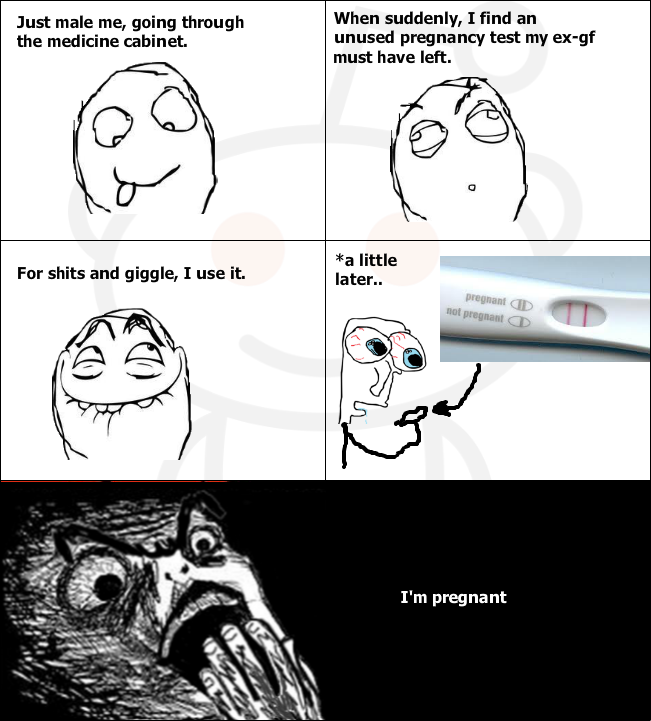PSYCHOLOGY PRIZE: Anita Eerland and Rolf Zwaan [THE NETHERLANDS] and Tulio Guadalupe [PERU, RUSSIA, and THE NETHERLANDS] for their study “Leaning to the Left Makes the Eiffel Tower Seem Smaller”
REFERENCE: “Leaning to the Left Makes the Eiffel Tower Seem Smaller: Posture-Modulated Estimation,” Anita Eerland, Tulio M. Guadalupe and Rolf A. Zwaan, Psychological Science, vol. 22 no. 12, December 2011, pp. 1511-14.
ATTENDING THE CEREMONY: Tulio Guadalupe. [NOTE: Two days after the ceremony, Anita Eerland and Rolf Zwaan will marry each other, in the Netherlands.]
PEACE PRIZE: The SKN Company [RUSSIA], for converting old Russian ammunition into new diamonds.
ATTENDING THE CEREMONY: Igor Petrov
ACOUSTICS PRIZE: Kazutaka Kurihara and Koji Tsukada [JAPAN] for creating the SpeechJammer — a machine that disrupts a person’s speech, by making them hear their own spoken words at a very slight delay.
REFERENCE: “SpeechJammer: A System Utilizing Artificial Speech Disturbance with Delayed Auditory Feedback“, Kazutaka Kurihara, Koji Tsukada, arxiv.org/abs/1202.6106. February 28, 2012.
ATTENDING THE CEREMONY: Kazutaka Kurihara and Koji Tsukada
NEUROSCIENCE PRIZE: Craig Bennett, Abigail Baird, Michael Miller, and George Wolford [USA], for demonstrating that brain researchers, by using complicated instruments and simple statistics, can see meaningful brain activity anywhere — even in a dead salmon.
REFERENCE: “Neural correlates of interspecies perspective taking in the post-mortem Atlantic Salmon: An argument for multiple comparisons correction,” Craig M. Bennett, Abigail A. Baird, Michael B. Miller, and George L. Wolford, 2009.
REFERENCE: “Neural Correlates of Interspecies Perspective Taking in the Post-Mortem Atlantic Salmon: An Argument For Multiple Comparisons Correction,” Craig M. Bennett, Abigail A. Baird, Michael B. Miller, and George L. Wolford, Journal of Serendipitous and Unexpected Results, vol. 1, no. 1, 2010, pp. 1-5.
ATTENDING THE CEREMONY: Craig Bennett, Abigail Baird, Michael Miller, and George Wolford
CHEMISTRY PRIZE: Johan Pettersson [SWEDEN and RWANDA]. for solving the puzzle of why, in certain houses in the town of Anderslöv, Sweden, people’s hair turned green.
ATTENDING THE THE CEREMONY: Johan Pettersson
LITERATURE PRIZE: The US Government General Accountability Office, for issuing a report about reports about reports that recommends the preparation of a report about the report about reports about reports.
REFERENCE: “Actions Needed to Evaluate the Impact of Efforts to Estimate Costs of Reports and Studies,” US Government General Accountability Office report GAO-12-480R, May 10, 2012.
PHYSICS PRIZE: Joseph Keller [USA], and Raymond Goldstein [USA and UK], Patrick Warren, and Robin Ball [UK], for calculating the balance of forces that shape and move the hair in a human ponytail.
REFERENCE: “Shape of a Ponytail and the Statistical Physics of Hair Fiber Bundles.” Raymond E. Goldstein, Patrick B. Warren, and Robin C. Ball, Physical Review Letters, vol. 198, no. 7, 2012.
REFERENCE: “Ponytail Motion,” Joseph B. Keller, SIAM [Society for Industrial and Applied Mathematics] Journal of Applied Mathematics, vol. 70, no. 7, 2010, pp. 2667–72.
ATTENDING THE CEREMONY: Joseph Keller, Raymond Goldstein, Patrick Warren, Robin Ball
FLUID DYNAMICS PRIZE: Rouslan Krechetnikov [USA, RUSSIA, CANADA] and Hans Mayer [USA] for studying the dynamics of liquid-sloshing, to learn what happens when a person walks while carrying a cup of coffee.
REFERENCE: “Walking With Coffee: Why Does It Spill?” Hans C. Mayer and Rouslan Krechetnikov, Physical Review E, vol. 85, 2012.
ATTENDING THE CEREMONY: Rouslan Krechetnikov
ANATOMY PRIZE: Frans de Waal [The Netherlands and USA] and Jennifer Pokorny [USA] for discovering that chimpanzees can identify other chimpanzees individually from seeing photographs of their rear ends.
REFERENCE: “Faces and Behinds: Chimpanzee Sex Perception” Frans B.M. de Waal and Jennifer J. Pokorny, Advanced Science Letters, vol. 1, 99–103, 2008.
ATTENDING THE CEREMONY: Frans de Waal and Jennifer Pokorny
MEDICINE PRIZE: Emmanuel Ben-Soussan and Michel Antonietti [FRANCE] for advising doctors who perform colonoscopies how to minimize the chance that their patients will explode.
REFERENCE: “Colonic Gas Explosion During Therapeutic Colonoscopy with Electrocautery,” Spiros D Ladas, George Karamanolis, Emmanuel Ben-Soussan, World Journal of Gastroenterology, vol. 13, no. 40, October 2007, pp. 5295–8.
REFERENCE: “Argon Plasma Coagulation in the Treatment of Hemorrhagic Radiation Proctitis is Efficient But Requires a Perfect Colonic Cleansing to Be Safe,” E. Ben-Soussan, M. Antonietti, G. Savoye, S. Herve, P. Ducrotté, and E. Lerebours, European Journal of Gastroenterology & Hepatology, vol. 16, no. 12, December 2004, pp 1315-8.
ATTENDING THE THE CEREMONY: Emmanuel Ben-Soussan
